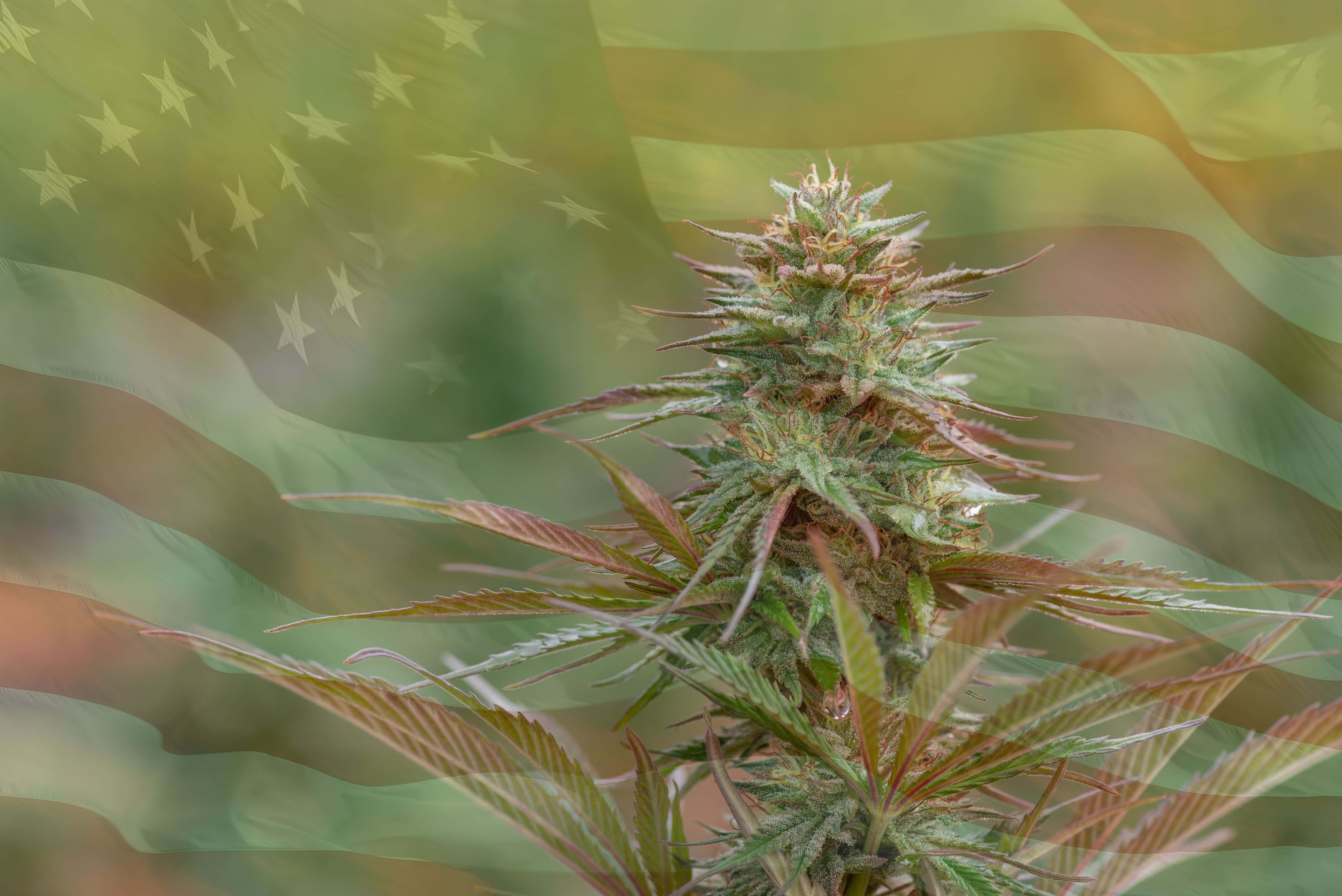USDA Publishes Final Rules for Domestic Hemp Program
Jan 29th 2021

On January 19th, the USDA published their final rules regulating the production of hemp in the United States, which go into effect on March 22, 2021. The final rule incorporates updates and modifications to the USDA hemp regulations established under the interim final rule (IFR) released in October of 2019.
These updated rules were a breath of fresh air for many of us in the industry, as they did away with some of the more problematic statutes outlined in the IFR as well as clarified some points that are extremely important specifically for the smokable flower industry. We’re also happy to report that many of the changes advocated for by the Oregon Industrial Hemp Farmers Association, an organization of which we are proud members, ended up being enacted!
Here’s a breakdown of some of the changes included in the final rules:
- The harvest window was increased from 15 days to 30 days, a point that is very important for hemp farmers. This will allow for a higher rate of total THC compliance, as well as a larger (and, therefore, logistically simpler) window for test scheduling.
- The threshold for criminal negligence was raised from 0.5% to 1%. The fact of the matter is that many high-CBD varieties may still test at over 0.5%, so it’s important that this negligence threshold be raised, as farmers will now be able to transport “hot” hemp to a lab for remediation.
- Speaking of remediation - farmers that are found to have produced “hot” hemp can now have it extracted and remediated! In the IFR, they were required to destroy it!
- The final rules allow for performance-based sampling, which means that States and Indian Tribes will be able to develop their own sampling protocols and methodologies. This is important because different regions necessitate different procedures, as do different expected outcomes (e.g. a farmer growing for fiber will go about things differently than a farmer growing for smokable flower).
- Measurement of uncertainty was finally defined! Laboratory equipment and the results provided by that equipment can vary from lab to lab. As a result, the USDA and the DEA have allowed for a measurement of uncertainty to be accounted for when considering whether or not hemp is total THC compliant. The example listed in the rules is 0.06% (although this will depend on the M.U. published by each lab), meaning that “if a laboratory reports a result of 0.35% total THC with a measurement of uncertainty of +/- 0.06, the distribution or range is 0.29% to 0.41%. Because 0.3% is within that distribution or range, the sample, and the lot it represents, is considered hemp for the purpose of compliance with the requirements of state, tribal, or USDA hemp plans.”
Pretty dense, we know. I hope you continued reading this far! We’ve been preparing for these rules for quite some time and we want each and every one of you to know that we will continue providing the highest quality hemp and hemp products possible while staying within the guidelines put forth by the federal hemp laws.



